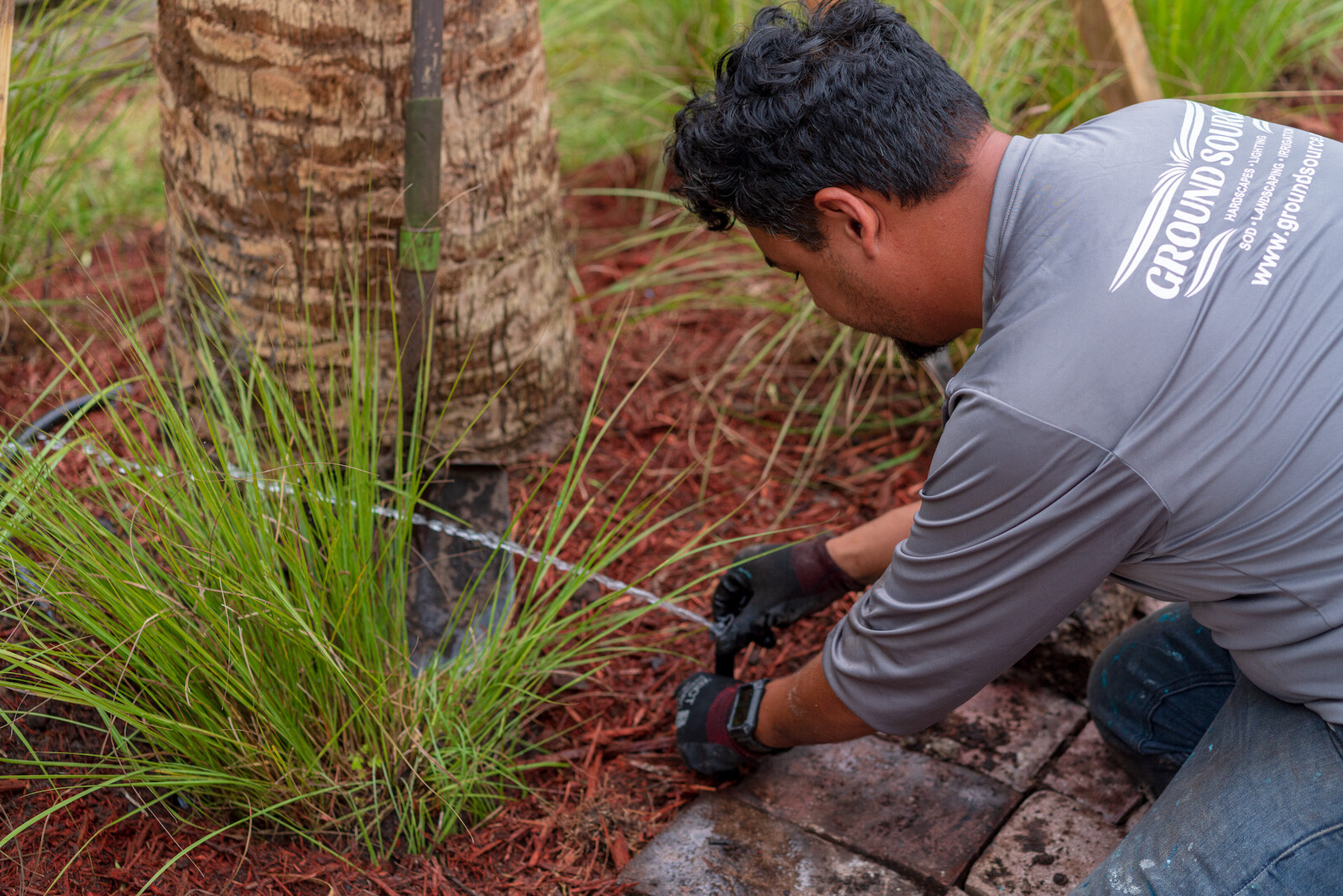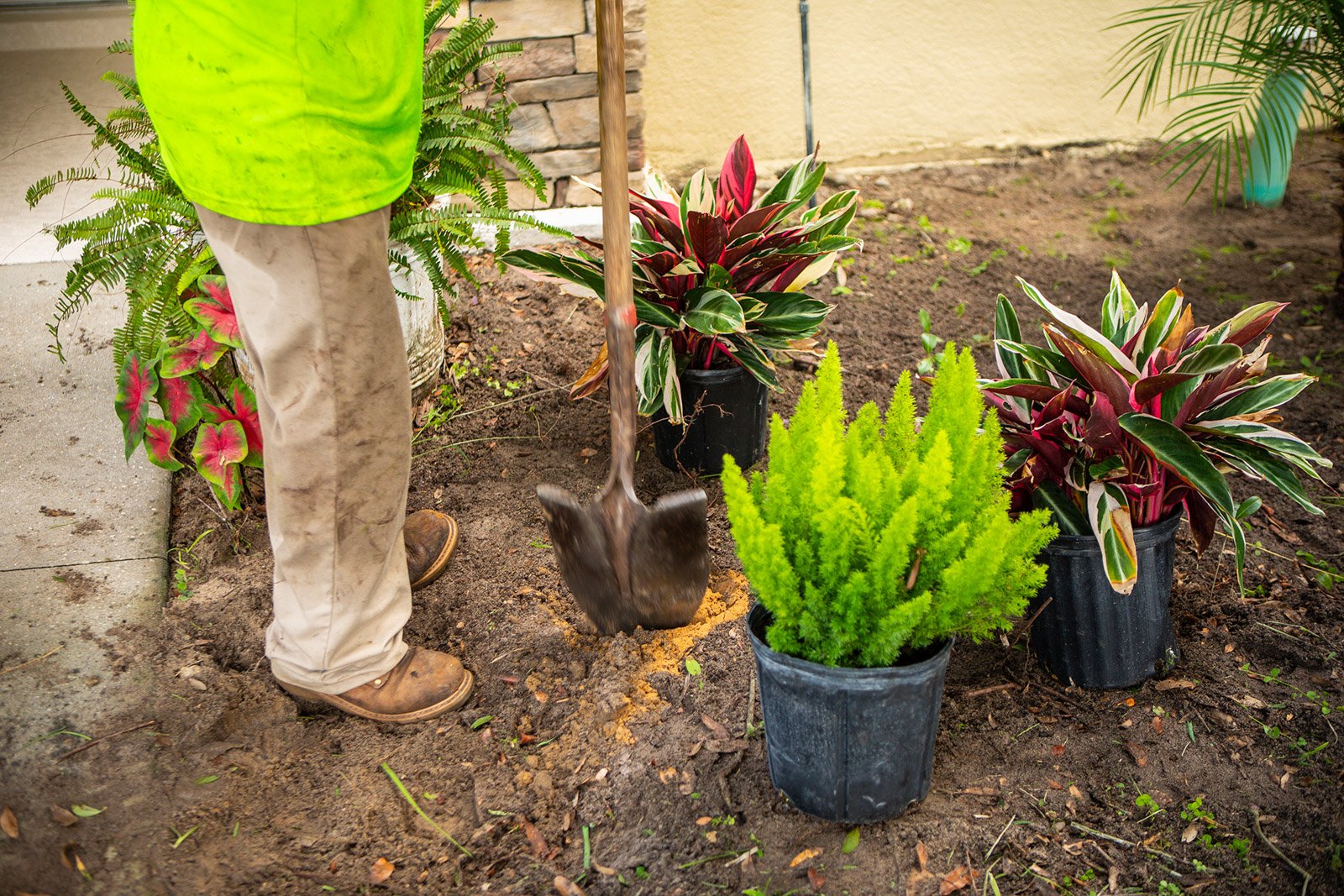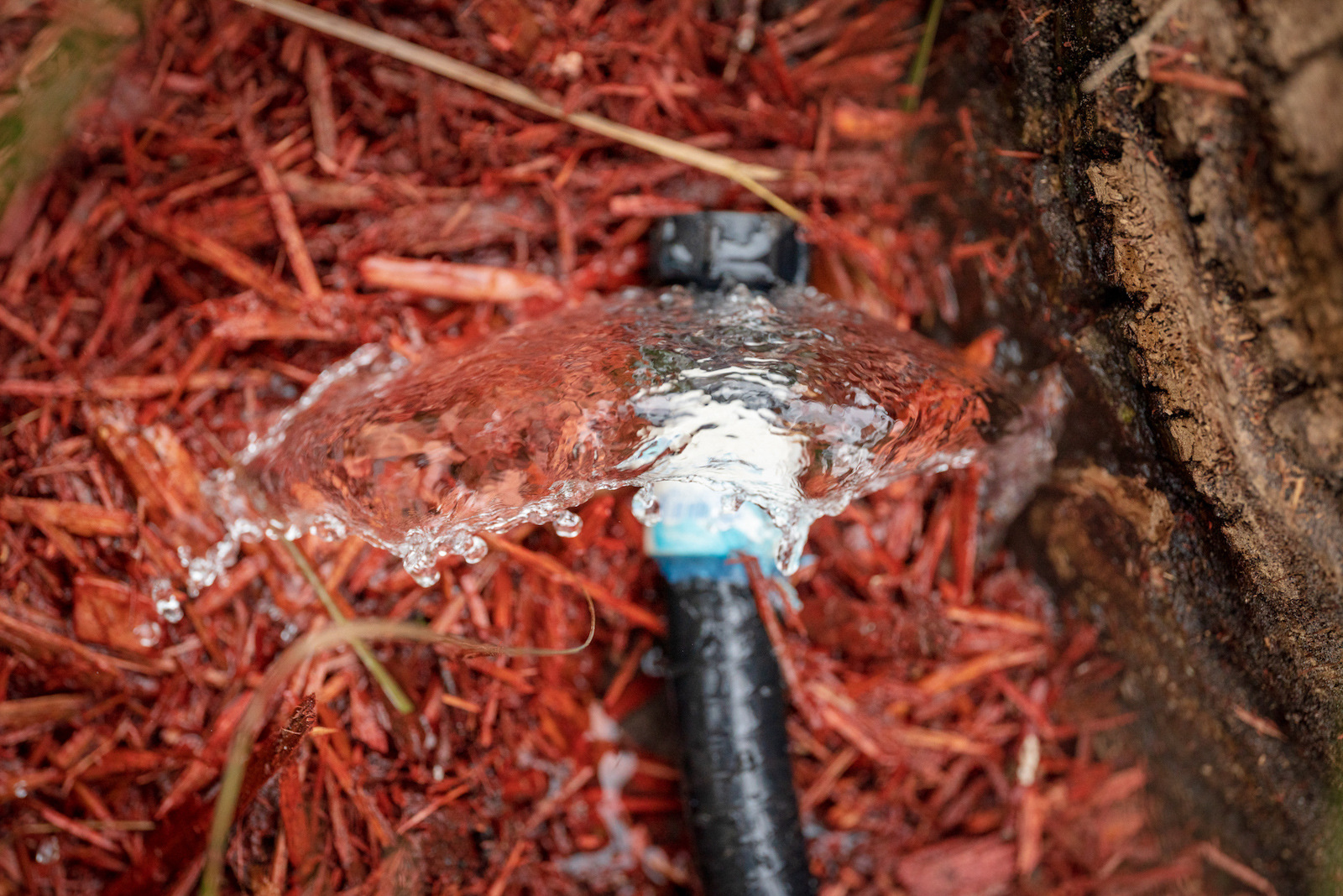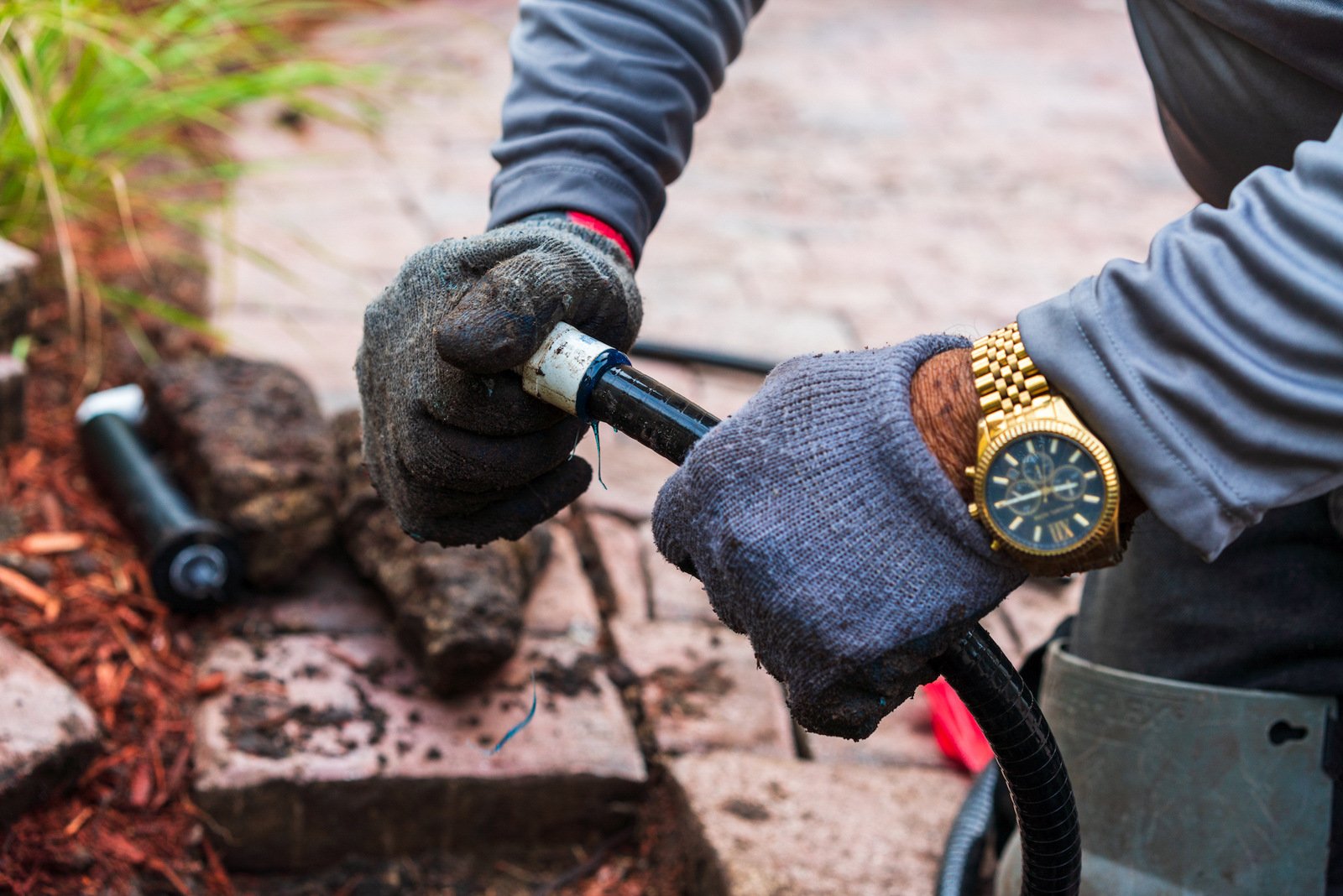If your new sod lawn is home to a family of swans and the occasional bottlenose dolphin, you’re watering too much.
You’re eager to make sure your new sod gets enough water, and that’s a good thing.
But can you overwater new sod? You bet.
Besides the dolphins, here are a few common signs of overwatered new sod:
1. Your Sod is Squishy
OK, so that’s not a technical term. But you know what we mean. If your sod is squishy, that’s a sign you’ve overwatered new sod.
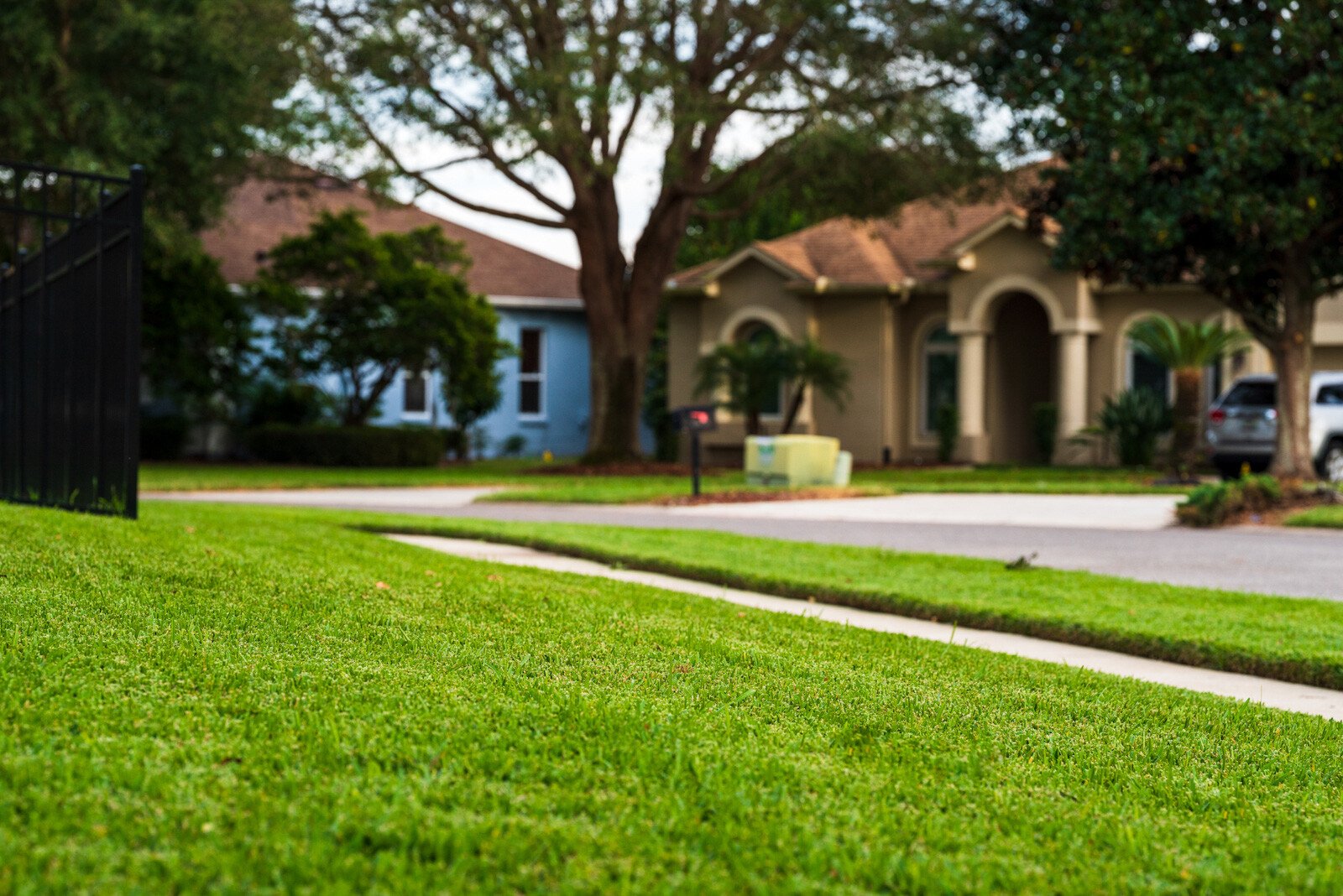
The sod should be damp, but not soggy or muddy. If you’ve been watering a lot, back off a bit and give your sod a chance to recover from being soggy.
2. The Roots are Rotting
What does overwatered new sod look like? Check for root rot by lifting the sod and inspecting the roots. If the roots are brown and soft and look like they’re rotting, you’re likely watering the sod too much.
3. Your New Sod Isn’t Rooting
When roots are getting too much water they don’t want to reach down into the soil looking for water, so they won’t root properly.
When everything’s going great, your new sod’s roots should start to settle in after one to three weeks.
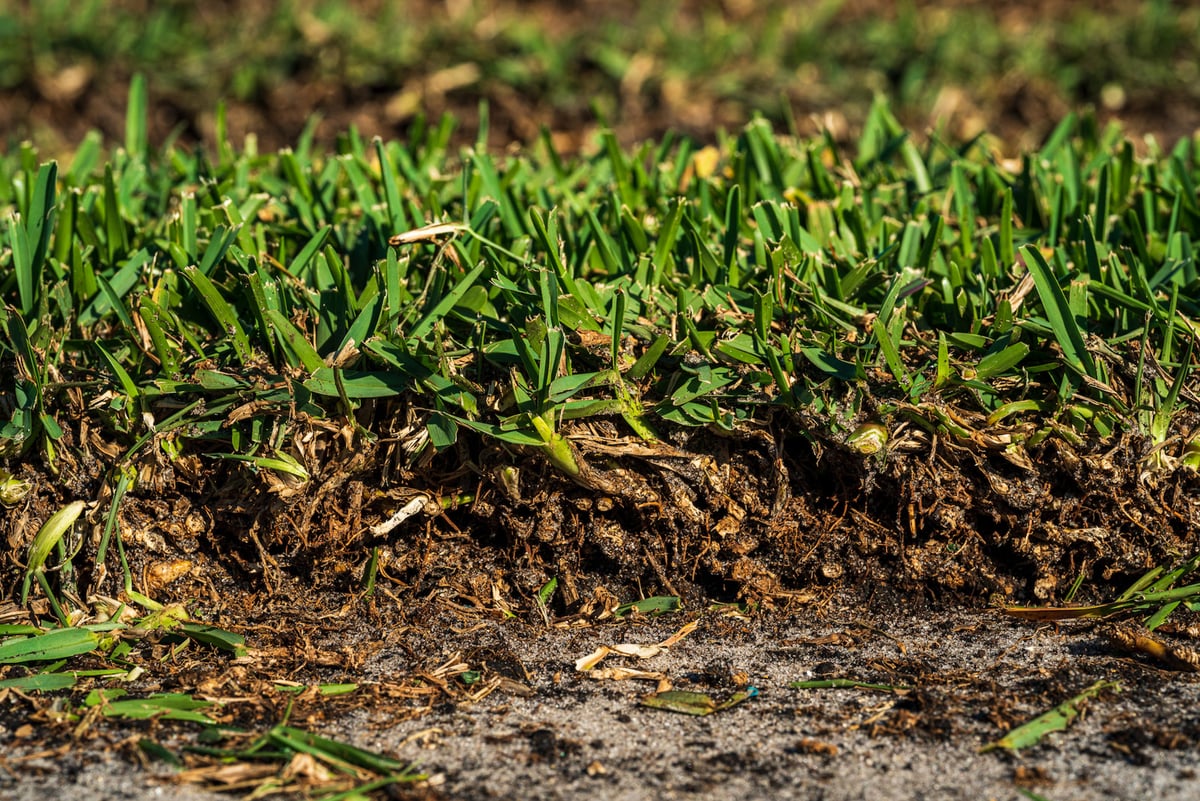
You can check the progress by lifting a corner of the sod. Is it hard to move? It should be, if the roots are growing into the soil the way they should.
If it’s easy to pick up the sod even after three weeks, you may be overwatering your new sod.
4. Brown, Wilting Grass Blades
Yellow or brown and wilting grass can be a sign of overwatered new sod.
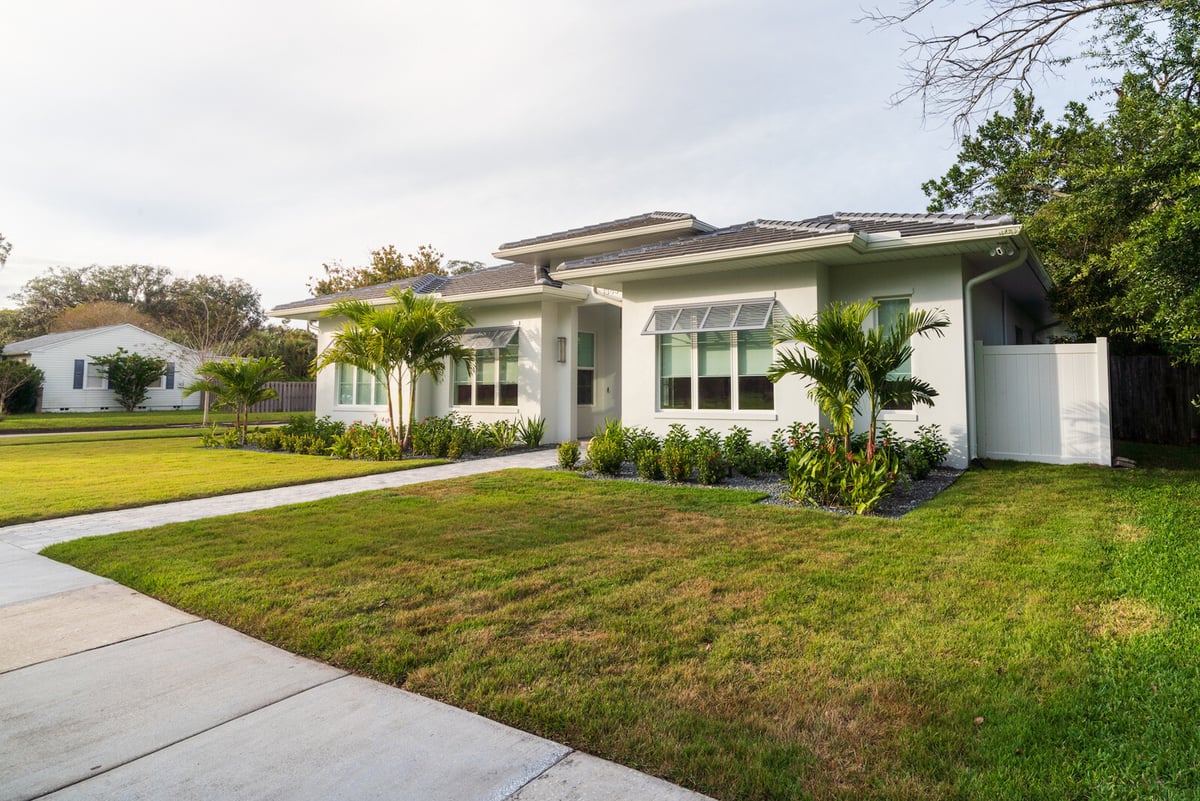
This is a tricky one. Some Florida homeowners notice brown spots in new sod and panic, dumping even more water on their lawn, assuming it’s too dry.
So, How Much to Water New Sod?
If all this watering stuff sounds confusing, you’re right.
In general, it’s a gradual process. You’ll water a couple times a day for the first week, drop back to once a day the second week, and four times a week the third week.
With Ground Source, you’ll get detailed instructions for watering new sod in our sod care guide.
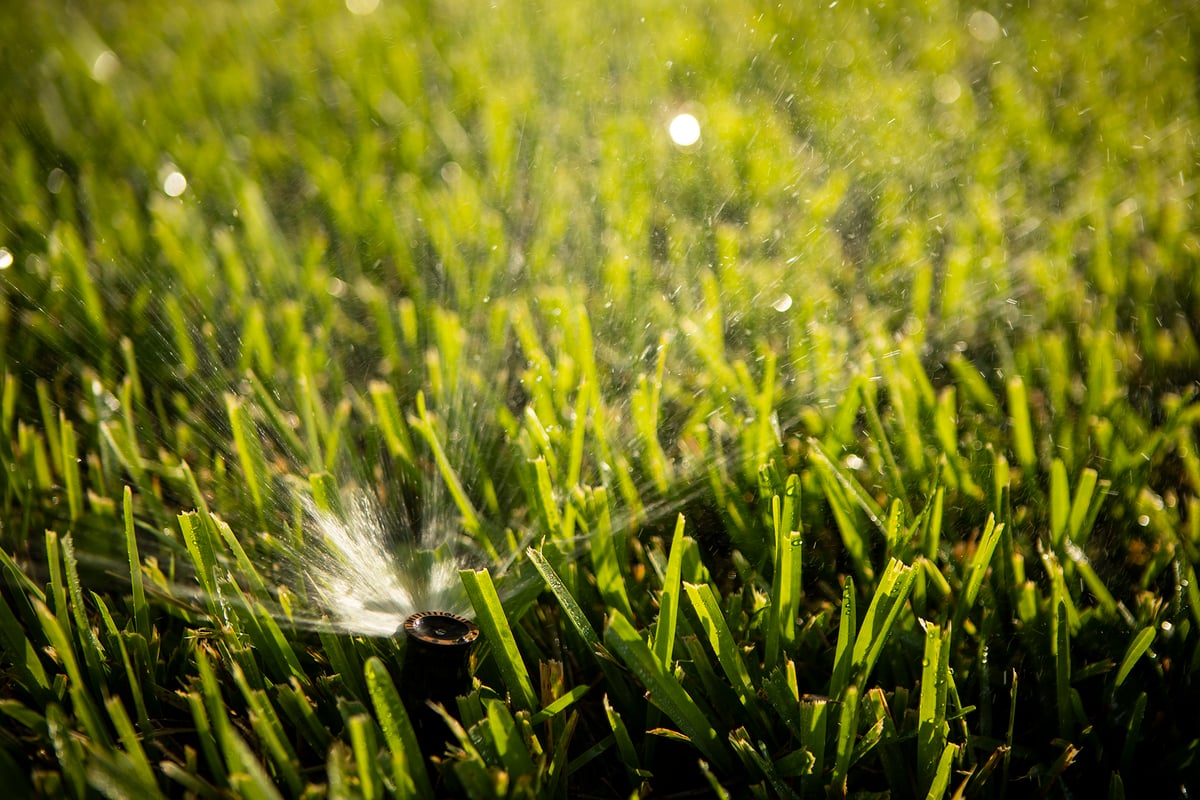
You’ll know what times to water your Central Florida sod, for how long, and even which of your irrigation heads to use for what amount of time.
The instructions for watering new sod vary, depending on what time of year your sod is installed, and if it's planted in sun or shade.
Trust Your Central Florida Sod to Ground Source
You want your new sod to thrive. That’s what we want, too.
That’s why we provide you with all the information you need to take great care of your fresh, healthy, beautiful sod lawn.
After all, you just made a big investment, and you have big plans for your impressive new yard. Let us help.
We’re sod experts, but our skills don’t stop there. We’re with you every step of the way as you plan your perfect outdoor space.
Sod, irrigation, landscape design: Let us transform your Central Florida lawn from an embarrassing eyesore to a place you spend every spare minute.
Are you ready to enjoy the vibrant, impressive yard you've always wanted? Request a quote today! We’ll help you review your options and then transform your Central Florida property.





